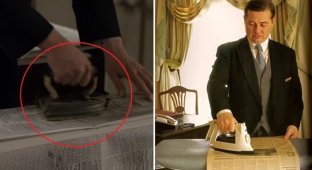The work of women in the era of "non-working women" (8 photos)
In the 19th century, life was clear and understandable: the husband earns money, and then he sits, rests, and the wife takes care of the children and the house. Children certainly quiet and well-mannered. The picture is perfect. But here it is available. was not all. 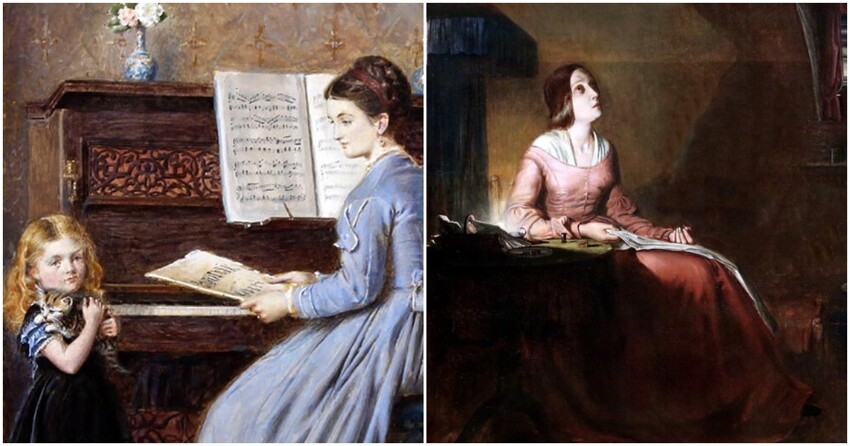
More precisely, it was available mainly only to women from wealthy families. But everyone else had to not only look for work, but also to combine it with life. And they paid women a lot less than men, they say, her husband still feeds her. The fact that if a man could really feed his family, then a woman (and so loaded with everyday life) and there would be no need to look for a job - it was not taken into account. 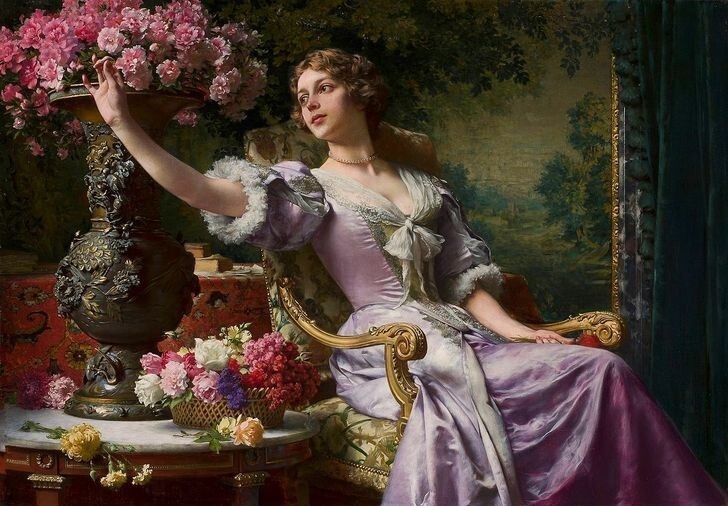
Vladislav Chakhursky "Girl in a purple dress" (1870)
The woman could not choose the job she wanted. All was strongly tied to her social position and whether she was considered this job is decent or not. If a noblewoman went to grow herbs for sale or to wash someone else's linen, then she would be equated with a fallen woman or a thief. 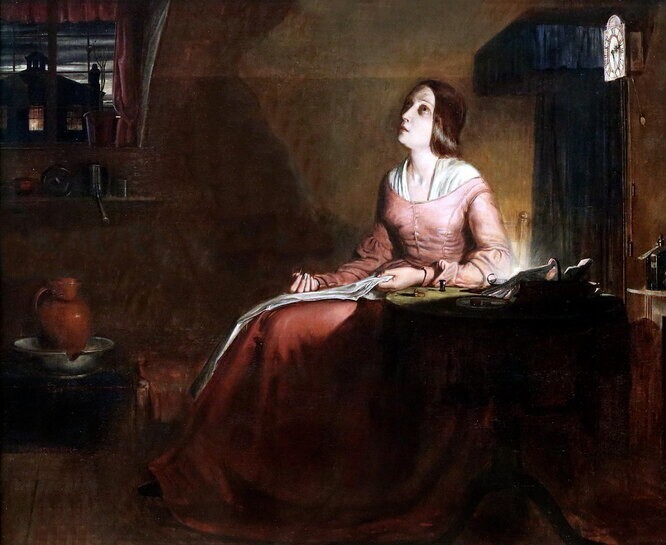
Richard Redgrave "The Seamstress" (1846)
Classes were also divided by status - a married lady or not. AND by age. Some classes were the lot of exclusively girls, and some - old women or widows. In general, the woman was unsweetened, but it was also necessary to take into account all the subtleties and boundaries of the estates. 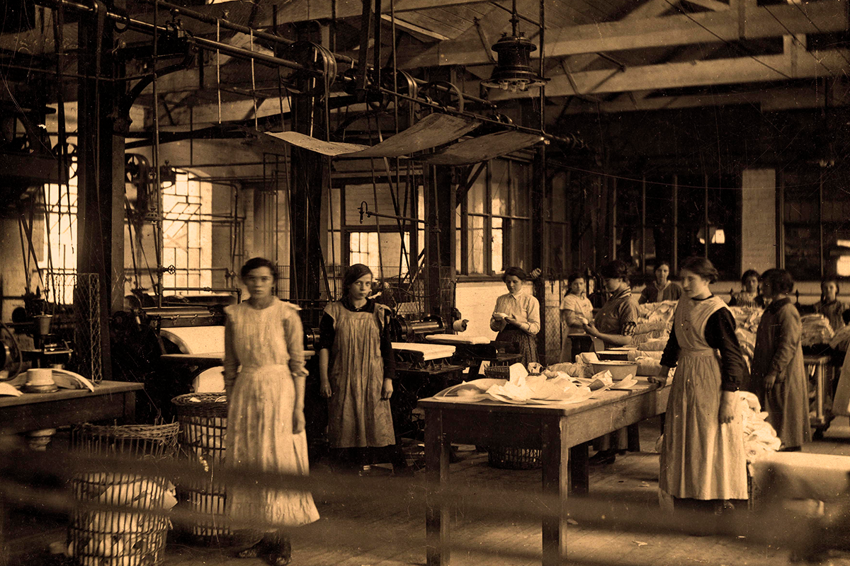
Factory
Many ladies worked at home as seamstresses. It was hard work who were also poorly paid - had to sit for 16 hours bent over sewing.
Laundry work was even harder - they went there quite desperate wives of the disabled or alcoholics. Carry heavy baskets wet linen, stand constantly bent over, lye corroded hands. Washerwomen often twisted the joints, twisting the fabric all day. Often in Laundresses' duties also included mending clothes. 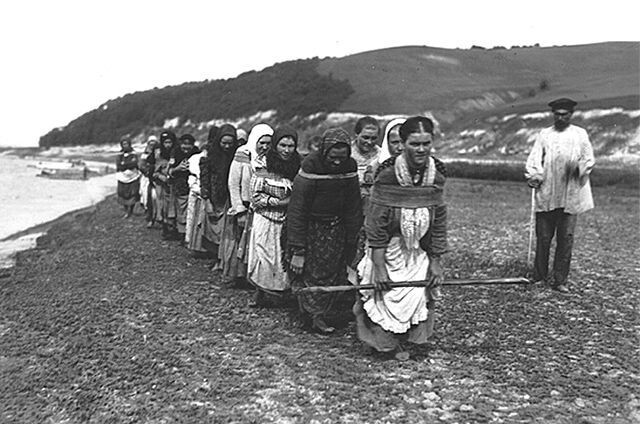
Burlachki
Some of the desperate women went to work as burlachki, loaders, and loppers were often found at logging sites. There were even whole artels of lumberjacks - they were usually widows or orphans lumberjacks' daughters. Women also worked in the mines of Britain - they dragged carts loaded with coal. 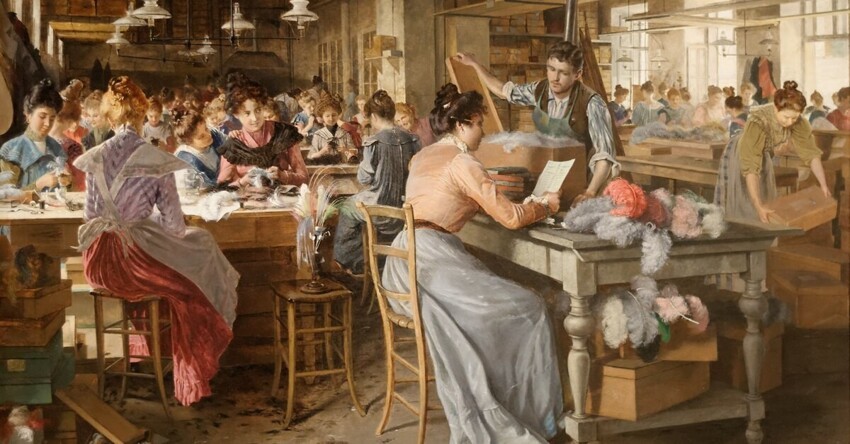
Johann Hamza "The Modistes" (1903)
You could go to the dishwashers, and the cooks, and the nurses, and grow greenery. Do a little work for manufactories, wake up workers in the morning. They wove, made hats, dolls, knitted and even created something like small kindergartens, looking after a modest fee for other people's children. And all these works were the lot of women from the lower classes. A what about the nobles? 
George Goodwin Kilburn "The Piano Lesson" (1871)
Usually such girls went to work as teachers in boarding houses for girls, governesses. And later they became telegraph operators or rural teachers. They could become seamstresses, but they were not called so rudely, so they said in a streamlined way that she "sews" and it was considered good form to give her an order if someone in society mentioned her occupation. 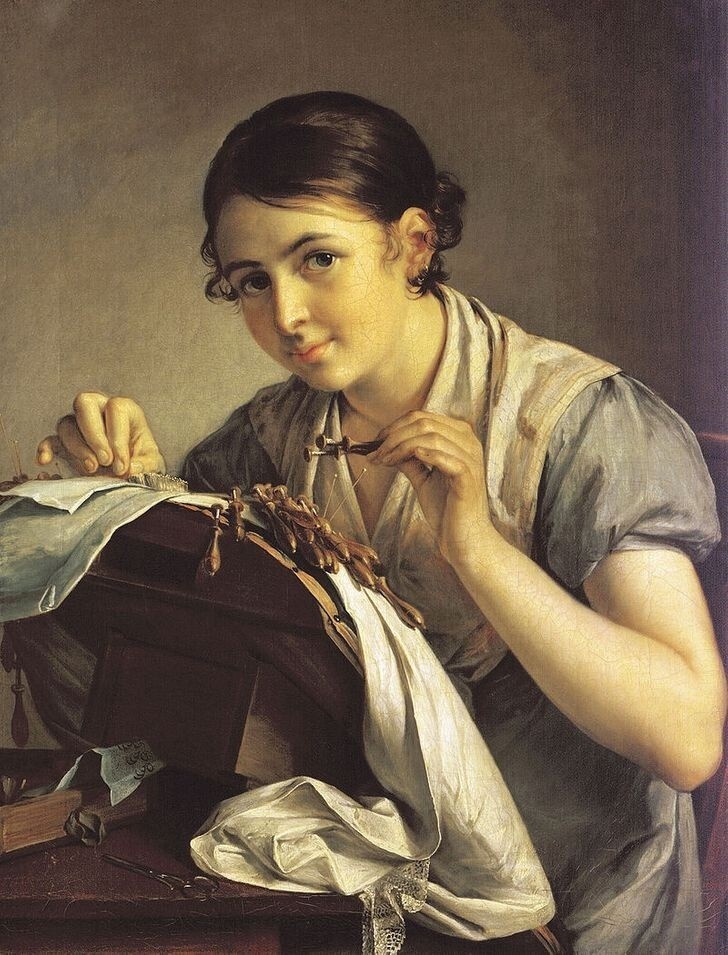
Vasily Tropinin "The Lacemaker" (1823)
Many noblewomen secretly copied notes or texts, copied drawings, made literary translations, and someone even I wrote articles, but not every magazine was ready to deal with women. A towards the end of the 19th century, private lessons became very popular.















